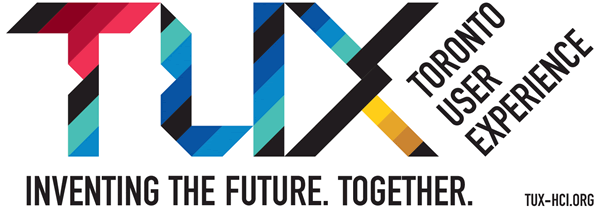Tux Member Presentation
Speaker
Daniel Vogel: Expressive Interaction
2017-03-28 12:30 at DGP Lab: 40 St. George St., 5th Floor

Abstract:
Bio:
Professor Vogel’s research focuses on human-computer interaction (HCI) in combination with computer graphics and visual art in the pursuit of developing better experiences for people using computers.
Input and interaction techniques change significantly as computing moves off of the desktop, onto our laps, into our pockets, and now, spreading throughout our environment. The increase in display area on surfaces like tables and walls, combined with contextual access, enable new experiences — but only when input, interaction, and visualization are tailored to human capabilities. While efficiency and usability remain important criteria, aesthetic experience and comfort become absolutely essential when computing is embedded in the fabric of our environment.
Professor Vogel’s approach combines the methodical study of human capabilities and characteristics to inform the design of novel input devices and techniques. Vogel works on fundamental input topics such as pointing, control-display gain, input signal filtering, hand occlusion, and gestural input. He has leveraged results in these areas to design freehand pointing techniques for large displays, a hybrid absolute and relative pen input technique, a multi-modal contact-sensing device modeled after an artist’s Conté crayon, and techniques for using whole body input with large interactive public displays.
